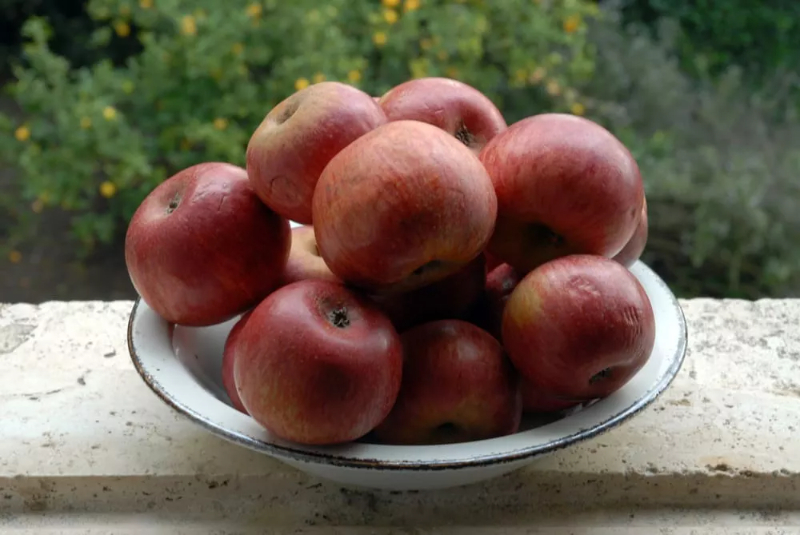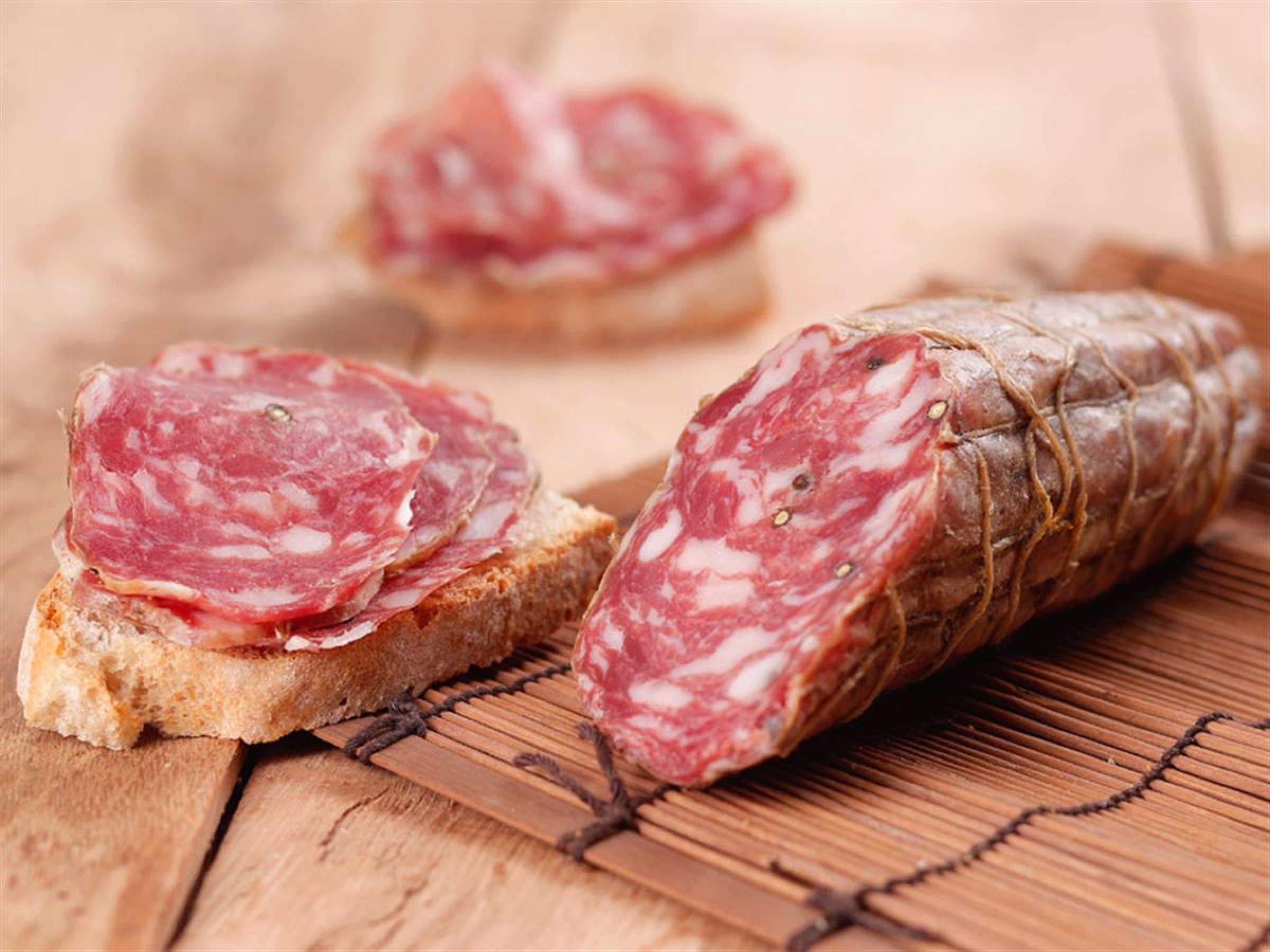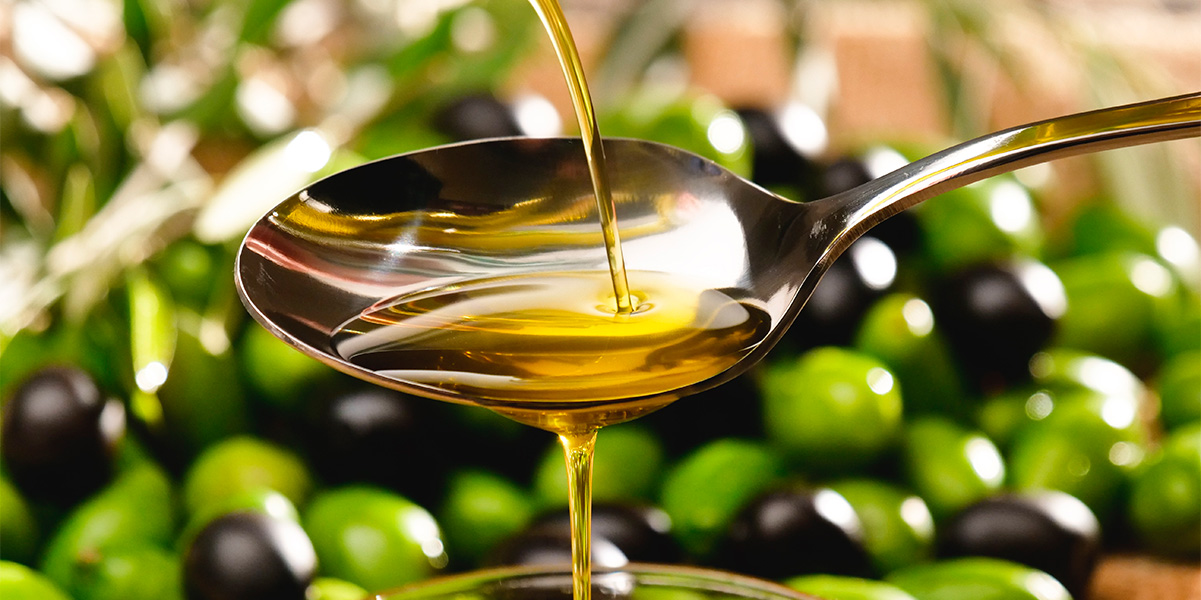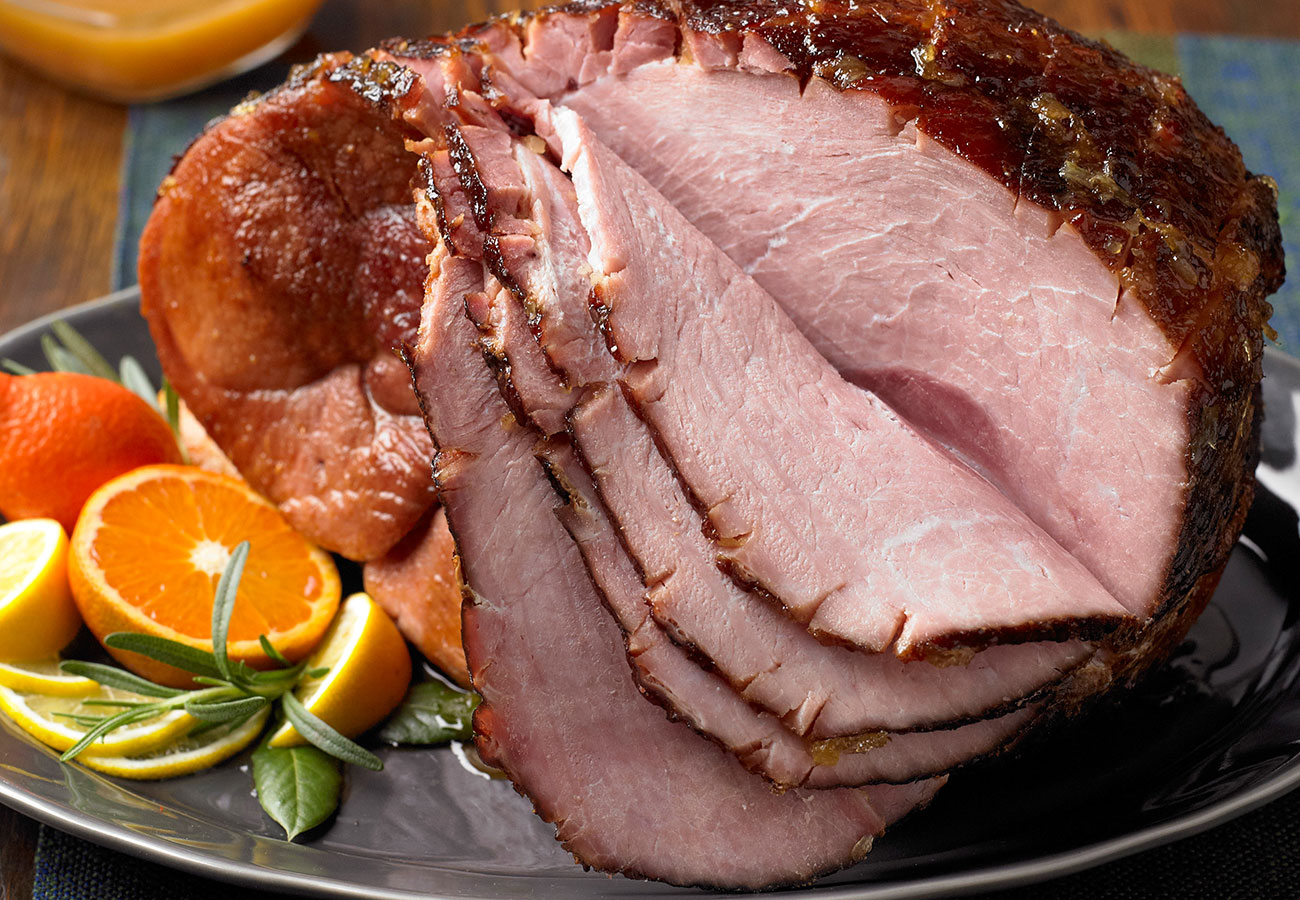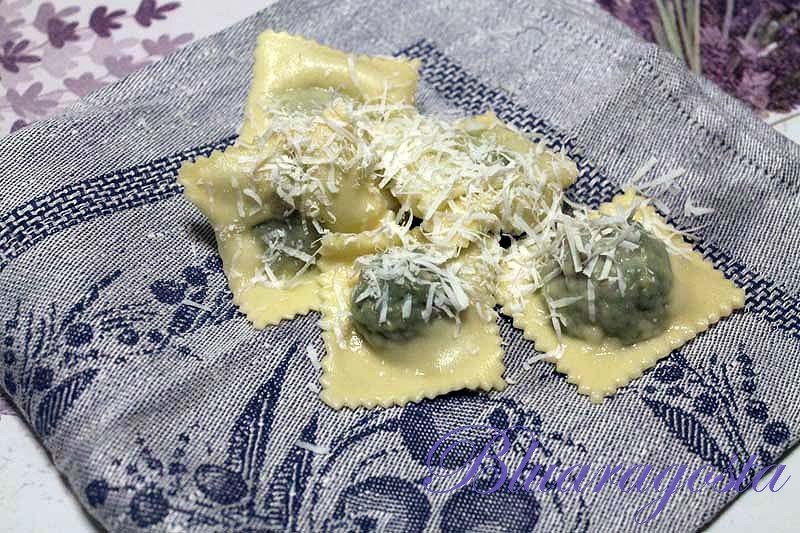Historical Bitto cheese has a turbulent history. It was created by a group of cheesemakers who in 1994 refused to accept the DOP, which extended the production area of this cheese to the entire province of Sondrio. They set up the Slow Food Historical Bitto Presidium to preserve ancient production techniques that were in danger of being replaced by modern ones.
In 2014, exactly 20 years after the start of the dispute, two consortia were officially recognized, one of which was for the protection of the historic Bitto. At the headquarters of the safeguarding consortium you will even find a "cheese bank", where you can buy a fresh cheese and then leave it to mature at the cheese factory for several years. If you want, it can also be personalised with writing, dedications or drawings made with cranberry juice: a cheese made to measure!
Historical Bitto is a cheese made from raw whole cow’s milk (cows of the alpine brown breed) with the addition of raw goat’s milk (goats of the orobica breed) with a percentage that varies between 10 and 20%. It has a cooked paste; it is semi-hard or hard if matured for a long time.
The aim is to maintain as much as possible the traditional processing, according to the times of nature and the animals. The cows are milked by hand in order to stress them as little as possible and rotational grazing is practiced: during the three months of mountain pasture, the herd is led through a route in stages, which goes from the lowest to the highest station.
Along the way, the traditional "calècc" – millenary stone constructions that protect the cheese-making area – serve as itinerant processing huts, always close at hand, so that the milk does not have to travel, except for a few meters, and can be processed before its natural heat disperses. It is expressly forbidden to use supplements in the feeding of the cattle and the use of additives, preservatives or selected ferments in the production of the cheese.
It has a minimum maturation of 1 year but there are forms of more than 10 years.



